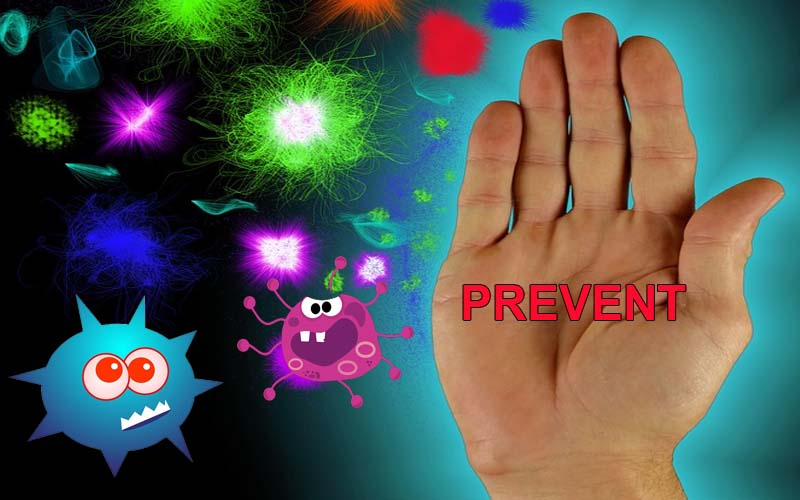Check answers to other frequently asked questions:
What You Should Know About Hair - F.A.Q. Answered

Healtful appearance comes from the inside.
CHECK OUR POPULAR
Blog Posts

Prevent the Spread of Infectious Disease
The cheapest and most effective way to prevent the spread of infectious disease is by washing hands. Yet it is estimated that one of every three people does not wash up hands after using the washroom. Washing your hands thoroughly and often may reduce your chance of getting sick. Use soap and warm running water and...

Refocus on You
After a full month of being constantly on the go, this is the perfect time to refocus on you. Everything you set your sights on doing in the coming year should have a built-in measure of pleasure, and that will help you stay on track without struggle. Here are some great ideas to build new habits guaranteed to nourish your body, mind and soul...

Red & Processed Meat and Cancer
WCRF UK recommends limiting consumption of red meat (such as beef, pork and lamb) and avoiding processed meats. To reduce your cancer risk, eat no more than 500g (cooked weight) per week of red meats, like beef, pork and lamb, and avoid processed meats such as ham, bacon, salami, hot dogs and sausages.





